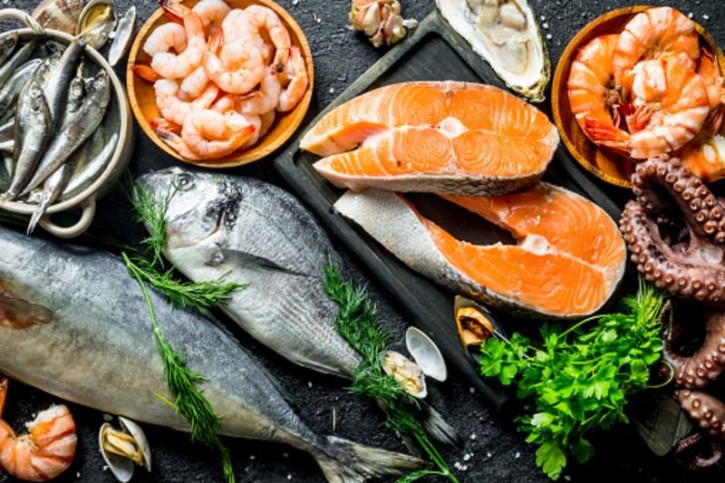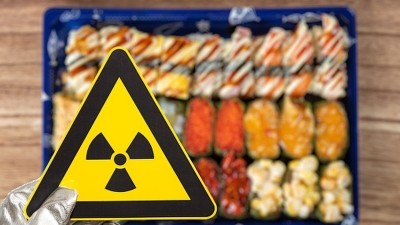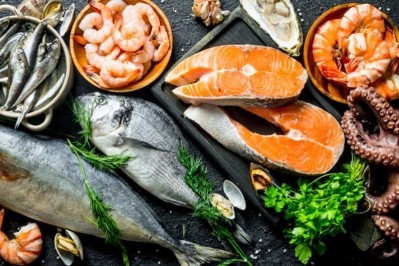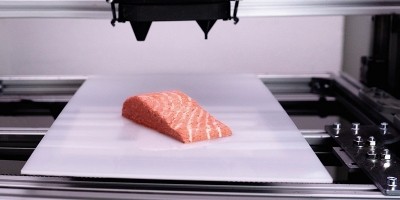COVID-19 and Japan's seafood prices: New analysis could help stabilise market in future pandemics

In this study, researchers from Bangladesh Agricultural University and Saitama University analyse how the pandemic affected prices of luxury and cheap seafood at the Tokyo Toyosu wholesale market from 2020-2022.
The findings suggest that the luxury seafood market, linked closely to restaurants, faced challenges during mobility restrictions, emphasising the need for policy measures to stabilise prices and provide support to luxury seafood stakeholders during future pandemics.
To standardise the study, the researchers selected the daily prices per kilogram and daily total trade volumes (kg) of horse mackerel (aji), sardine (iwashi), and mackerel (saba) as representatives for affordable and commonly consumed seafood in Japan. These fish, collectively known as "taishu gyo," signify major popular choices for households.
In contrast, they also opted for the daily prices of three luxury seafood items: Japanese tiger shrimp (kuruma ebi), channel rockfish (kinki or kichiji), and sea urchin (uni).
These luxury seafood products, traded in the same category as the affordable seafood in this study at the Toyosu wholesale market, belong to the fresh seafood category and command higher average prices, making them well-recognised as premium choices.
The researchers segmented their study into four state of emergency (SOE) periods:
First SOE period: Using a non-linear autoregressive distributed lag model, the study found that increased stay-at-home hours during the early pandemic negatively impacted both cheap and luxury seafood prices, with a more severe effect on luxury seafood.
Horse mackerel, shrimp, and rockfish prices were significantly influenced by trade volume, both positively and negatively, as changes in trade volume affected the prices of both cheap and luxury fish due to restaurant closures. This is likely related to the reduced seafood trade in 2020, since the supply chain for seafood was affected by the suspension of international transportation by air and sea.
Second SOE period: Negative impact on rockfish prices and horse mackerel prices due to trade volume.
Third SOE period: Positive impact on horse mackerel and sardine prices were observed, while negative impact were detected on mackerel and Japanese tiger shrimp prices. This suggests increased demand for cheap popular fish from households and persistent low demand for luxury seafood from restaurants during the third SOE.
Fourth SOE period: None of the seafood products were affected by stay-at-home measures, indicating reduced impact on human mobility during this period.
When stay-at-home hours decreased, the price of mackerel (cheap seafood) decreased as well, while rockfish prices (luxury seafood) increased. This could indicate that more people started consuming luxury seafood as they were able to dine at restaurants after the pandemic subsided, shifting their preference from cheap seafood prepared at home to luxury seafood typically enjoyed in restaurants.
The analysis of four main SOE periods provide crucial information for seafood market stakeholders to prepare for and navigate shocks during future mobility restrictions.
It also offers evidence on which seafood type might be more vulnerable in SOE periods, an area often overlooked in early pandemic literature.
Source: Europe PMC
https://doi.org/10.1371/journal.pone.0291395
"The impacts of COVID-19 on seafood prices in Japan: A comparison between cheap and luxury products"
Authors: Aruga K, et. al.

















